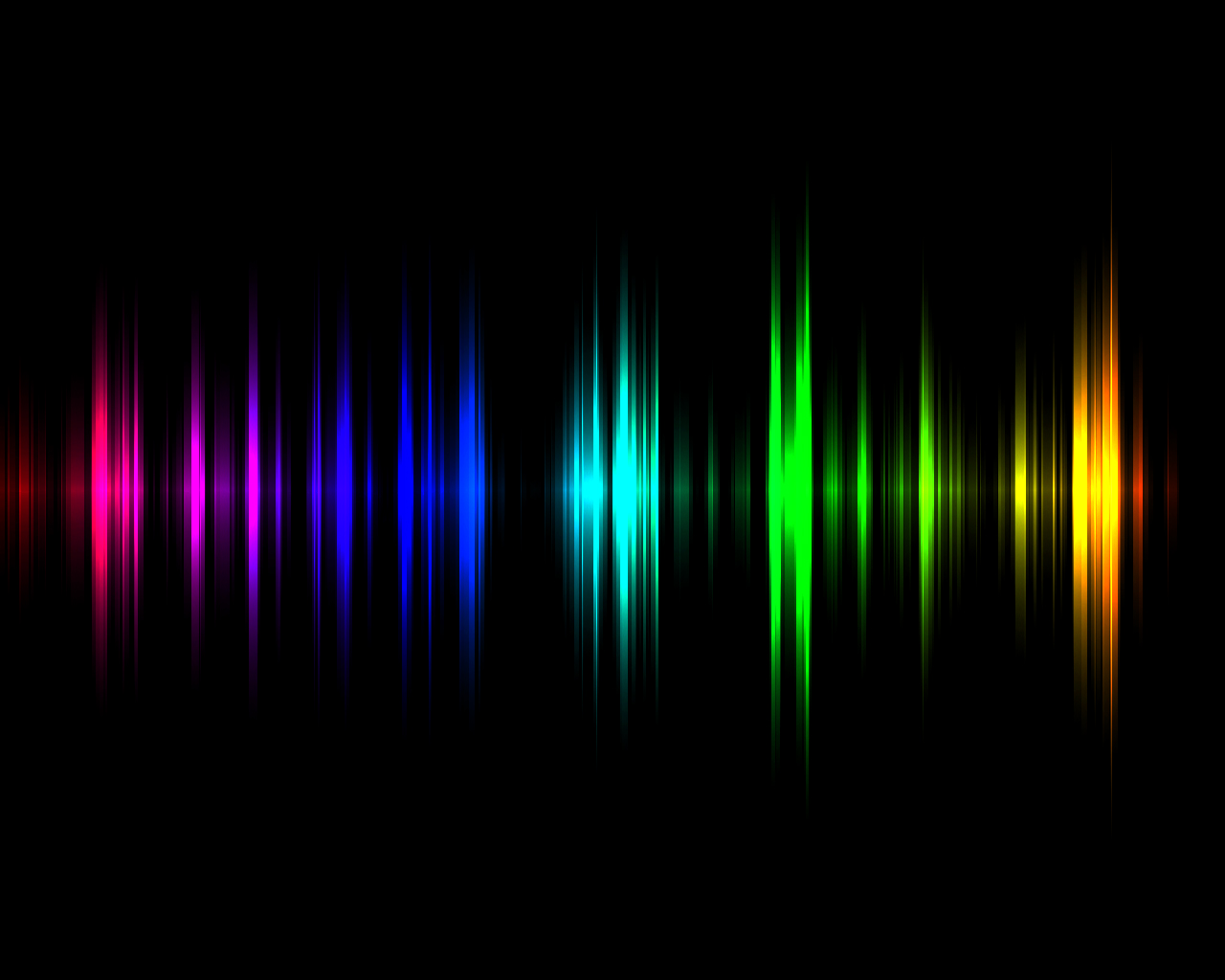Phantom noises are a funny thing. You think they would be easily debunkable. One of the things that I am still puzzeled was a phantom noise I heard while at the El Campo Santo Cemetery in Old Town, San Diego, California. It was actually one of the first pre-APS investigations as a cohesive group, occurring in August of 2011, just a month shy of our official founding. The investigation of the cemetery from this night solidified my desire to start up a team.
What is a “Phantom Noise”?
A phantom noise is essentially a noise that doesn’t seem to have an origin. It doesn’t necessarily mean that it’s paranormal (it could very well have an explanation), but a source could not be identified at the time of the experience. Phantom noises are a huge part in the paranormal experience, as we hear sounds every day that we can identify with. But when we hear something that is disturbing or frightful, we have the desire to find out the source as a way to calm our fears.
When that source can’t be identified, then we tend to think ghost or demon until an explanation comes along. Whether it’s bells, banging, knocking, humming, singing, speaking, etc. sounds are key in our daily life and help dictate our mental and emotional state. There is no question that dealing with a phantom noise can shake one to the core. This is quite different from an EVP, or “electronic voice phenomenon.”
But if you encounter a phantom noise, the first thing you should do is try to identify the source immediately. Look around your surroundings and see what is there that could have made that noise. Walk over to the potential source and examine it (look, touch,etc.). If you can’t find the source, then see if the noise can be recreated. If you believe a presence created the sound, then ask them to do it again. Make sure you have your audio recorders handy and your microphones on your video cameras turned on. If you’re truly having a paranormal experience through noise, then you don’t want to miss it!
After you’ve collected your audio data, it’s time to review it! Having an audio program like Audacity (which is free) or GarageBand (if you’re on Mac) is a great place to start for newbies. Learn what sound waves look like on the computer and how they fluctuate from basic noise like your voice, clapping, etc. Then look for your phantom noise to see what kind of wave it produced. Hopefully, you can then isolate the wave and be able to go further in your examination.
This is short and pretty basic, but I hope you all enjoyed this post and interview! Till next time!


Over the past few years, my children and I have witnessed shared phantom, household sounds (when there is no one or nothing present to make said noises): Toilet seats rattling, doors shutting, dog’s whining/barking/sighing/squeaking. Animal noises are how the phenomena began and are extremely prevalent. It is odd and comforting to be standing next to someone who hears the same, UNEXPLAINABLE sound. It seems they are in conjunction with “reminding” us to do things–I’ll hear a dog whine right next to me, when our dog is outside doing her business. (I presume the phenom wants us to let her back inside sooner than we planned.) I have begun verbally acknowledging the phenoms, to let them know I recognize them. It’s fascinating and I have a few working theories of why it’s on the rise… pls feel free to LMK ifnO can provide more info. ;0)